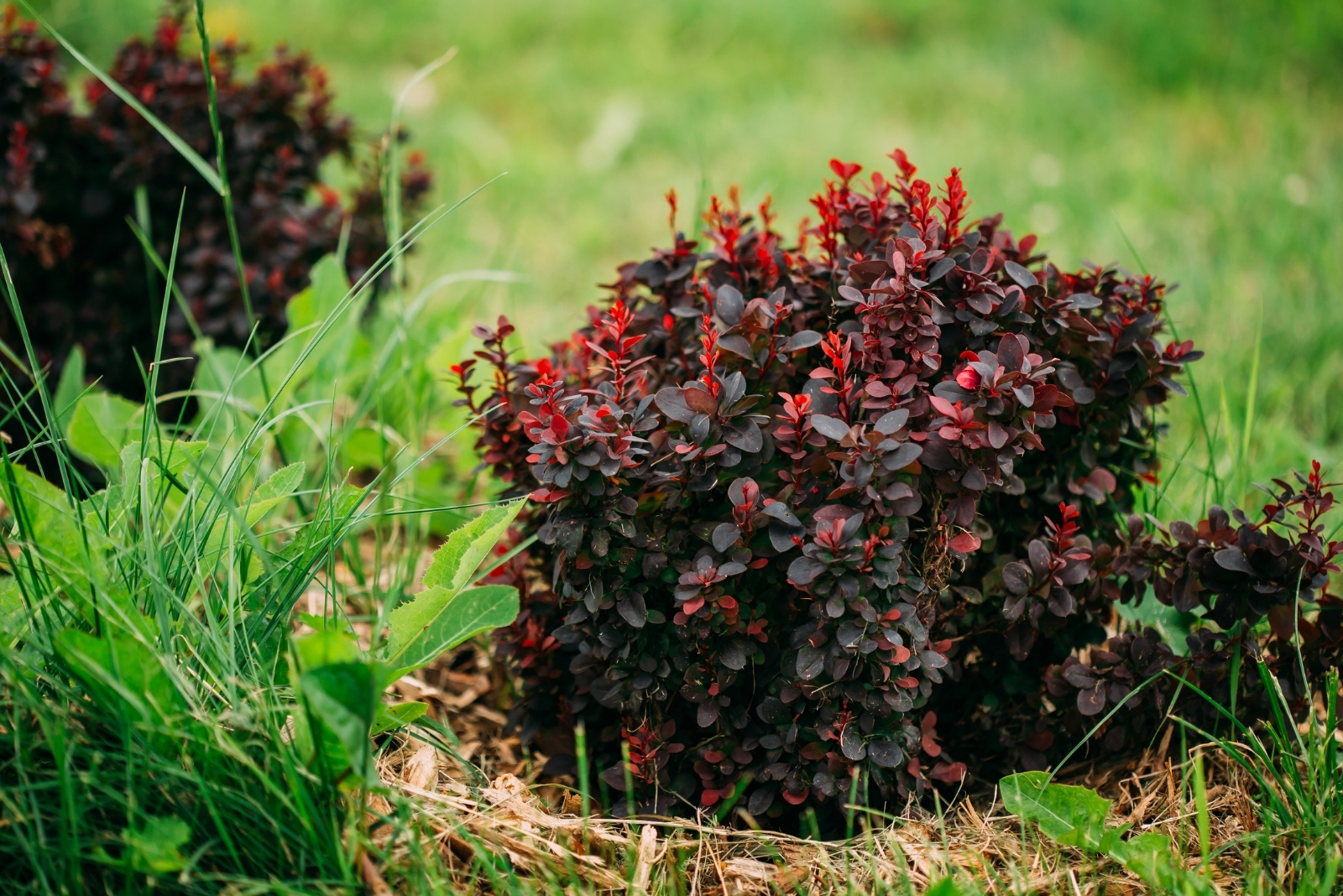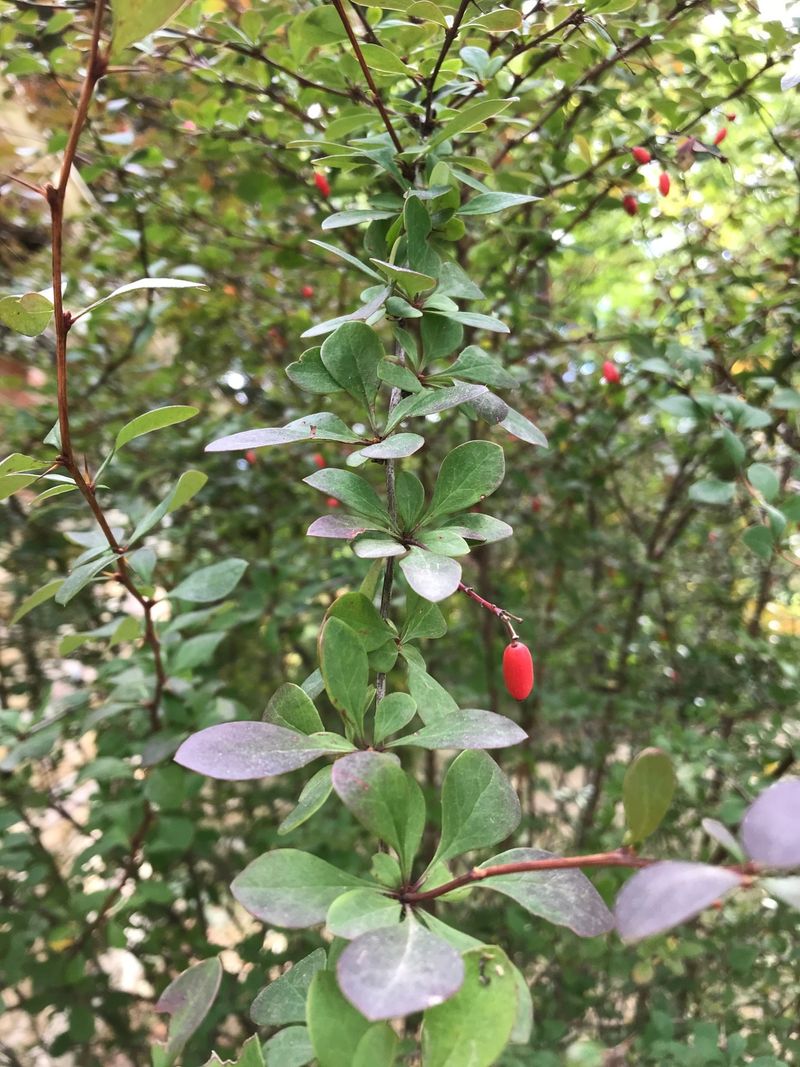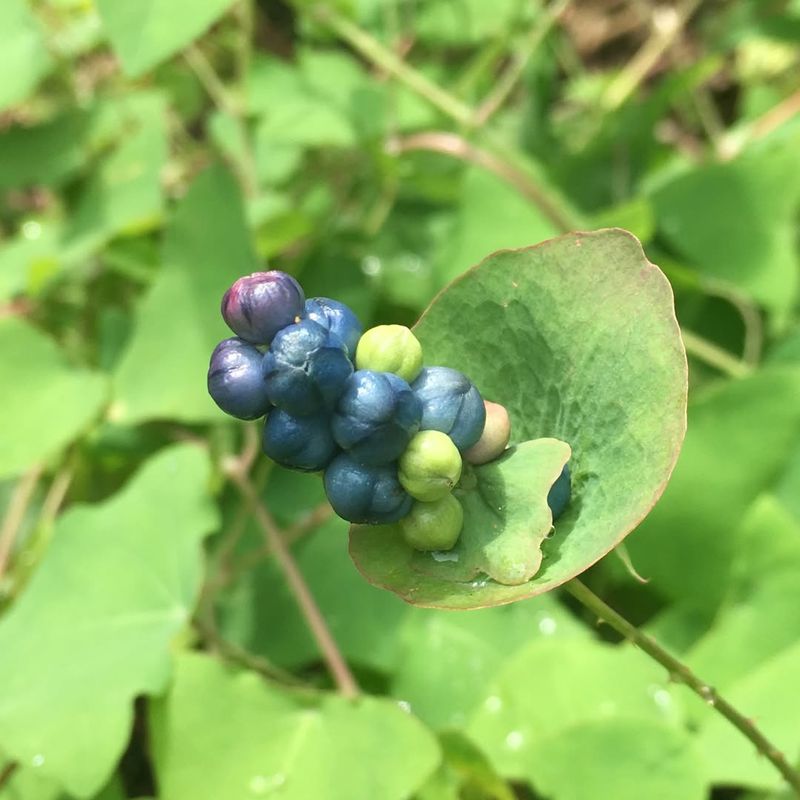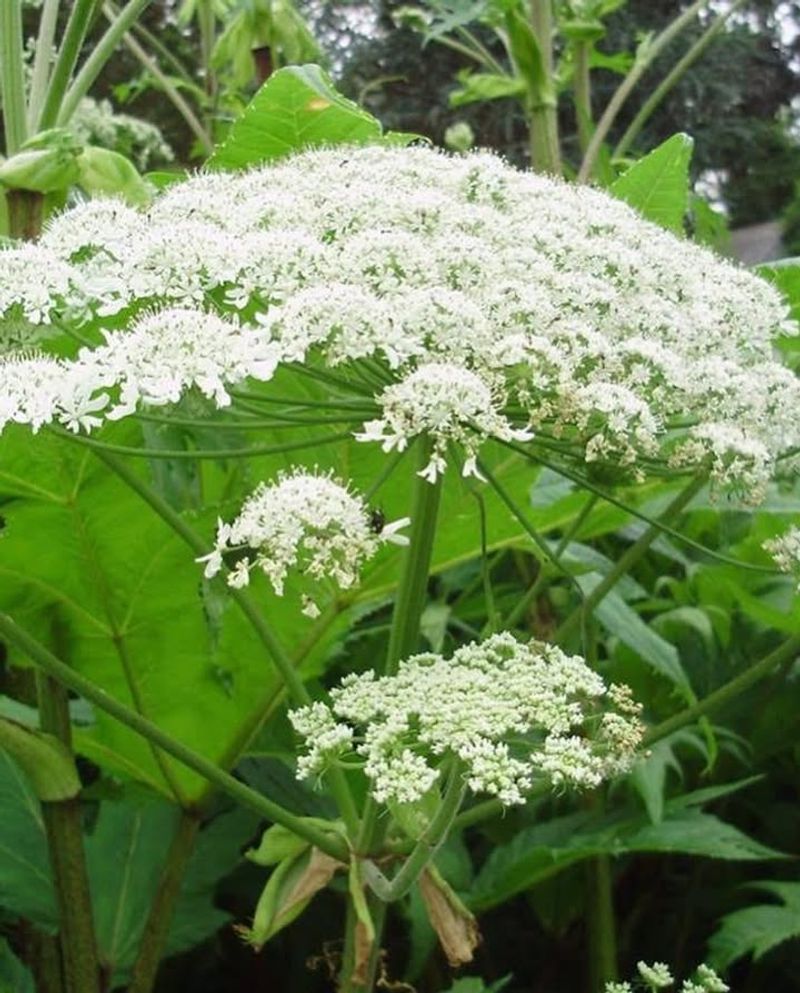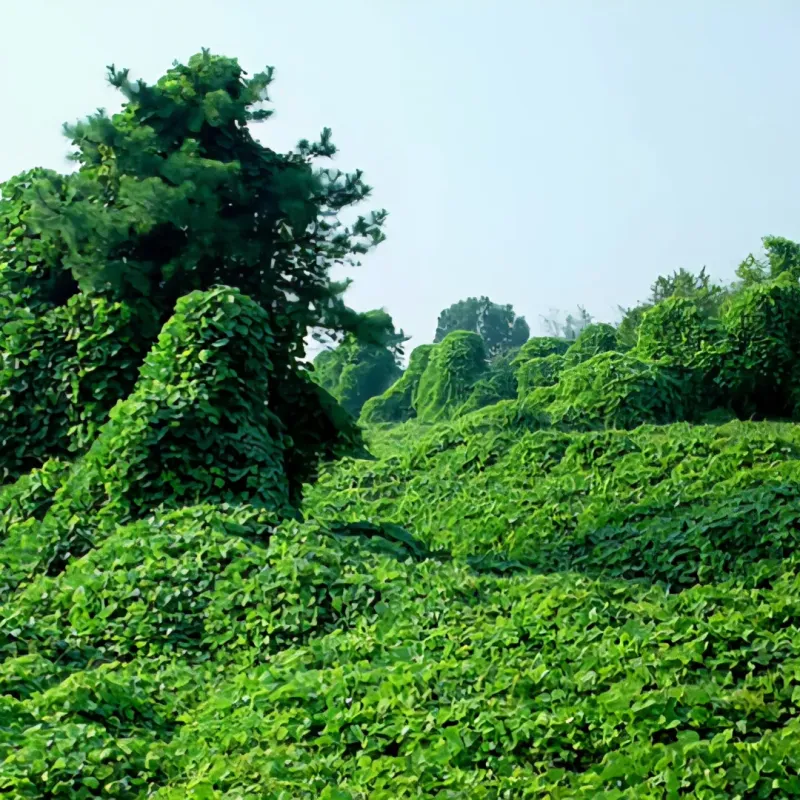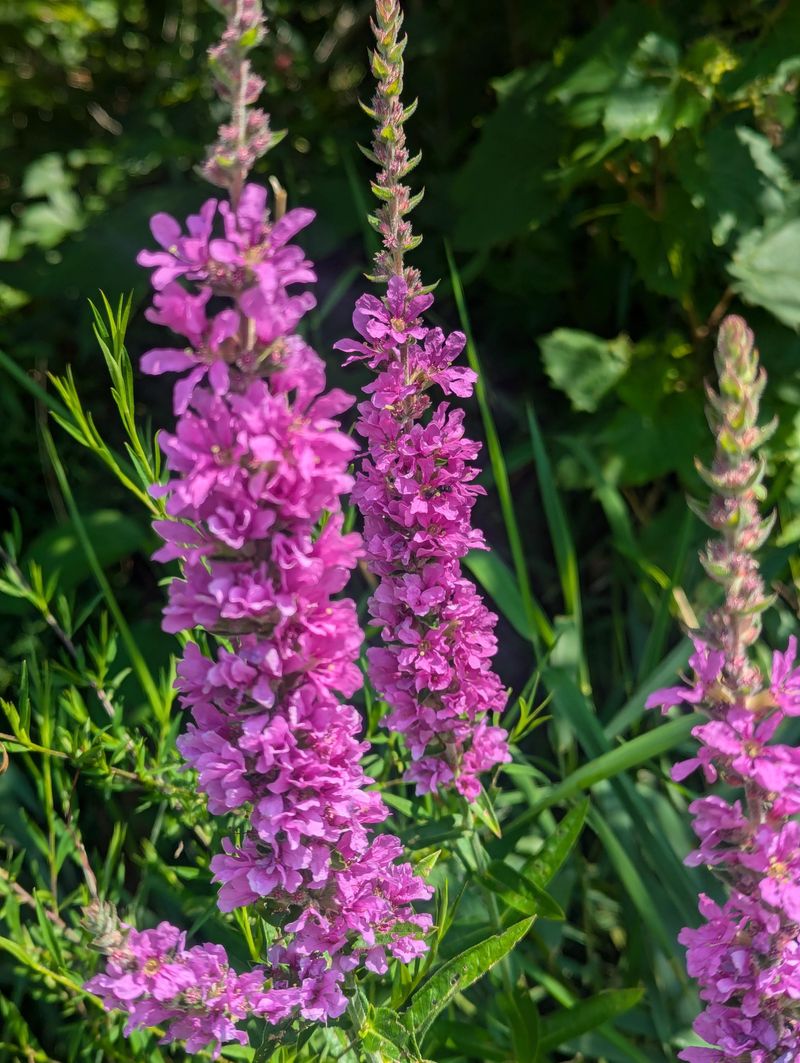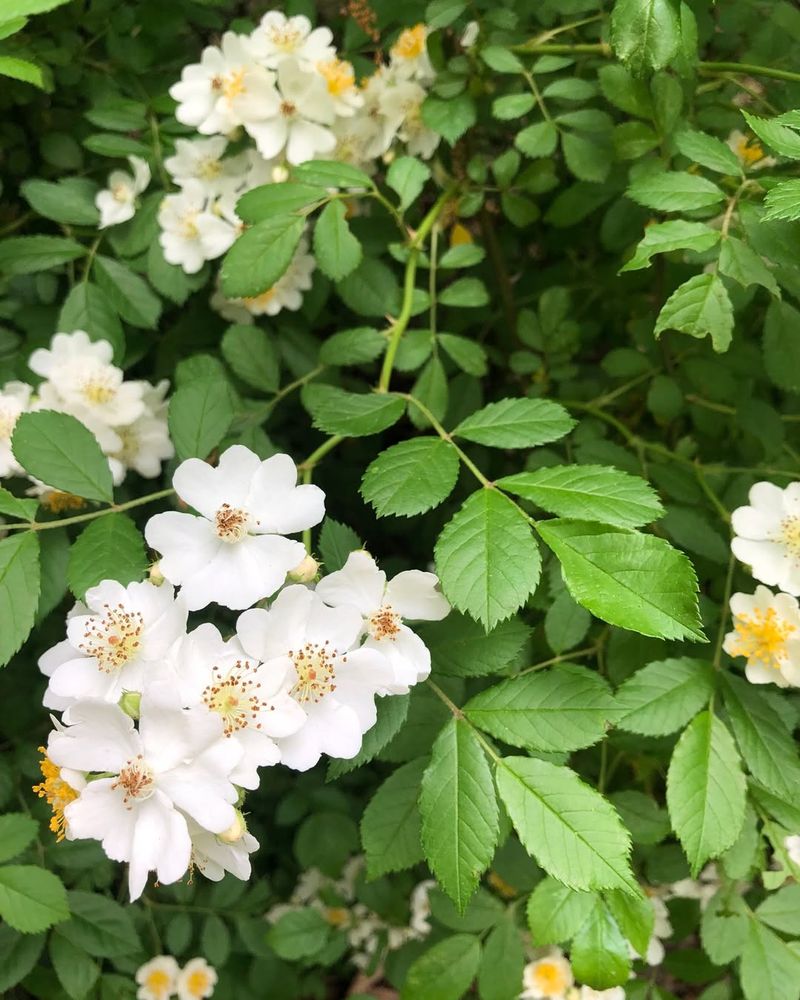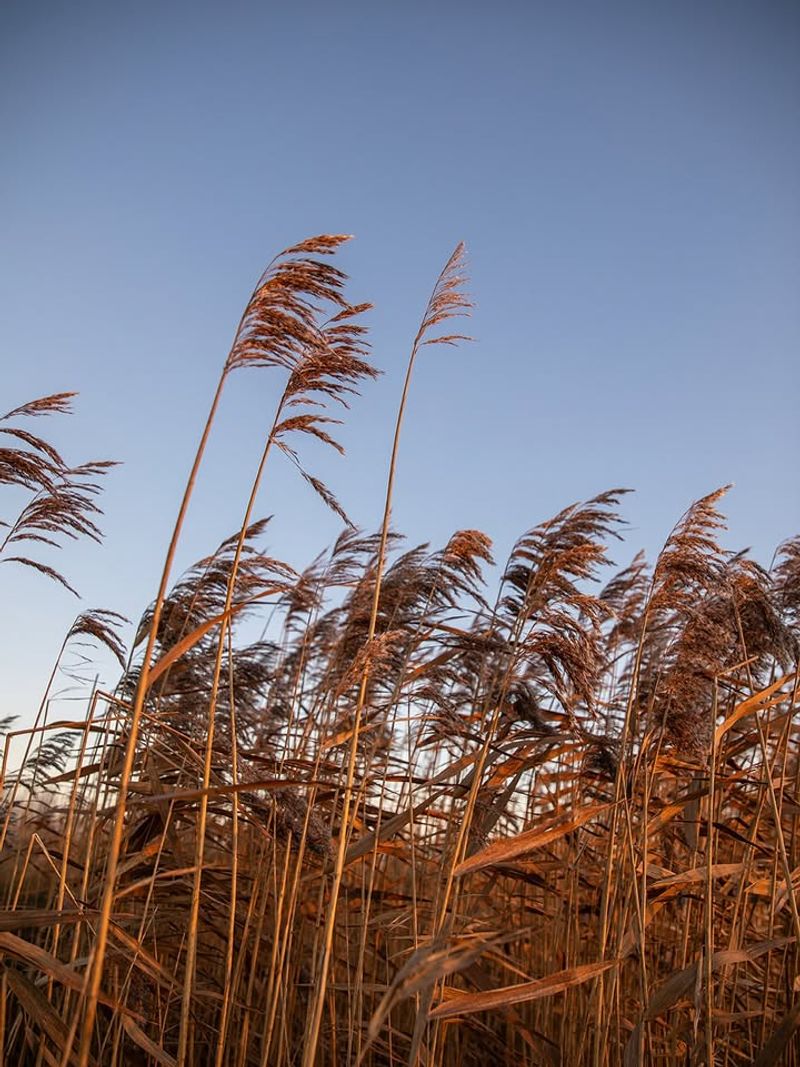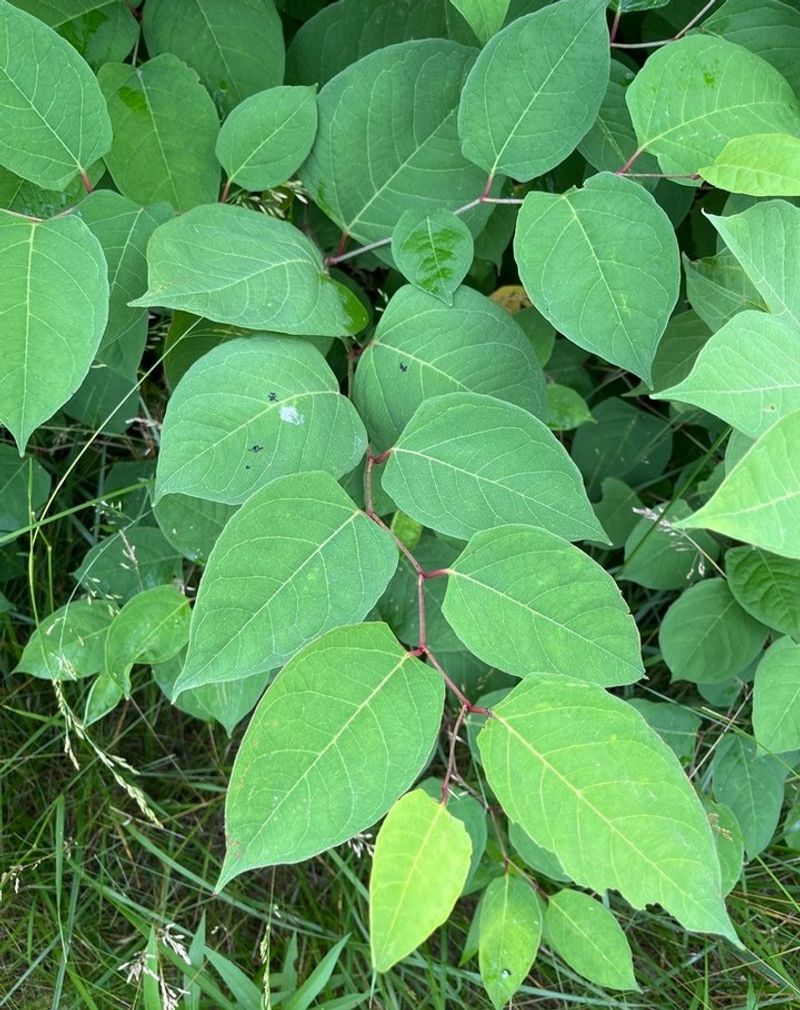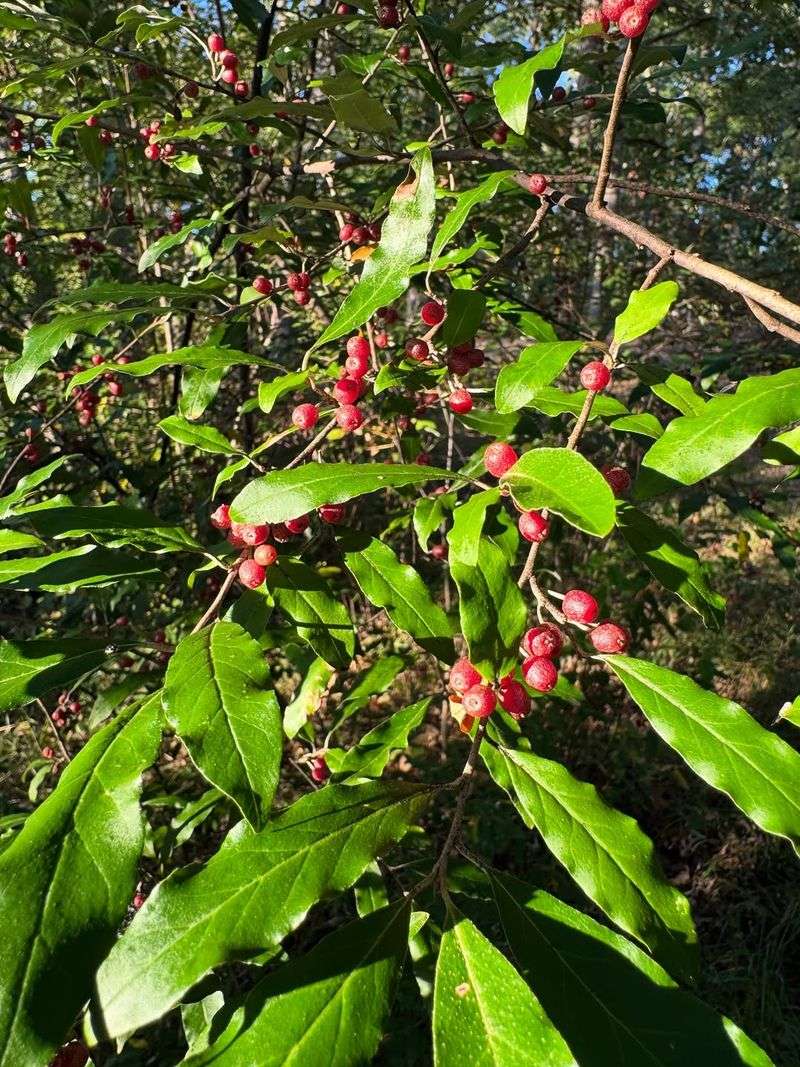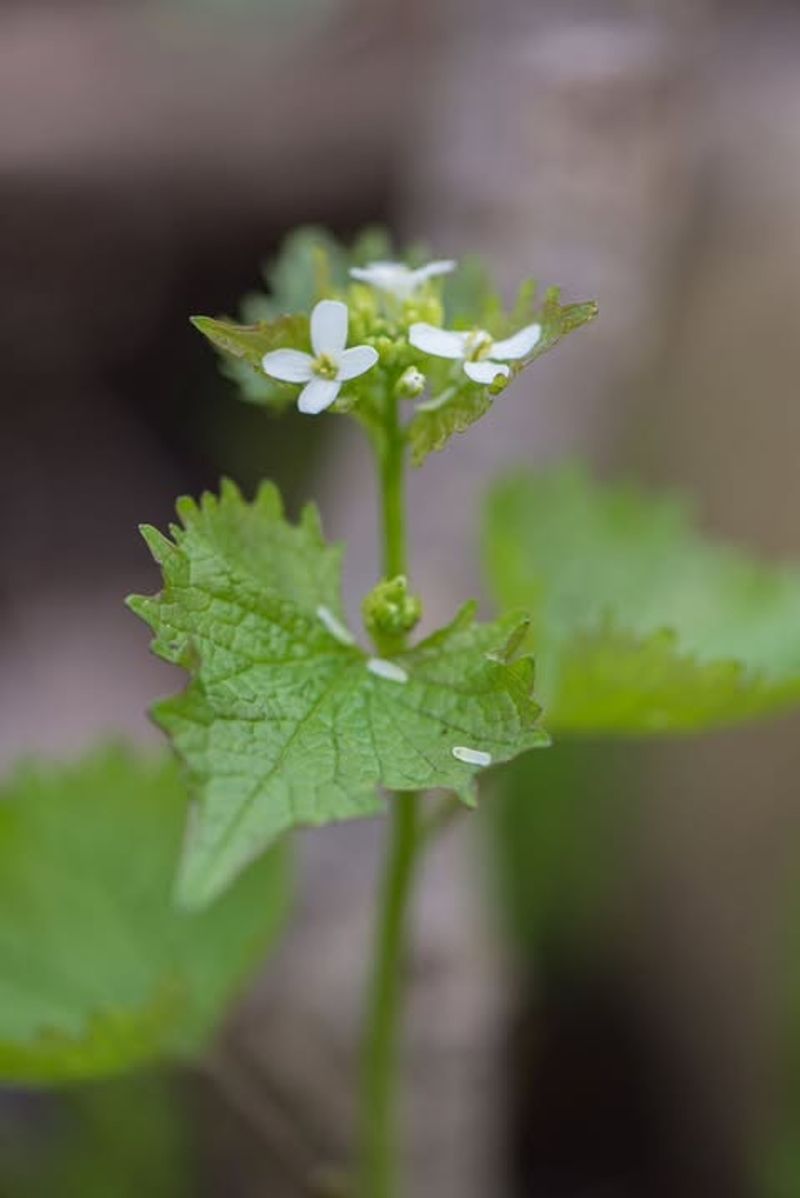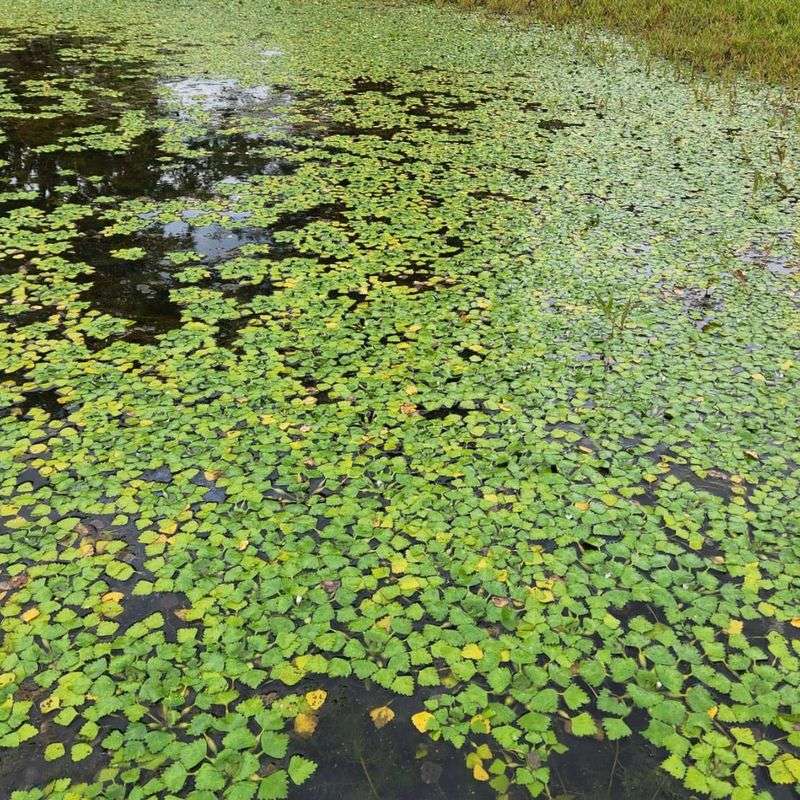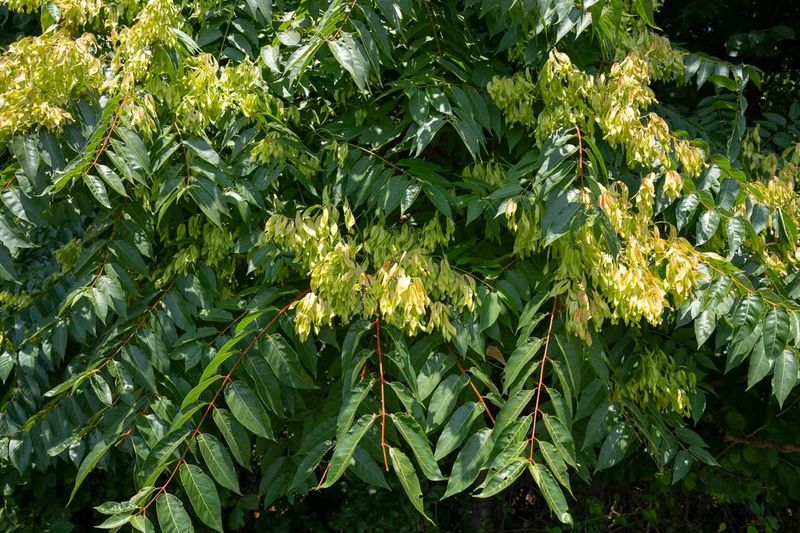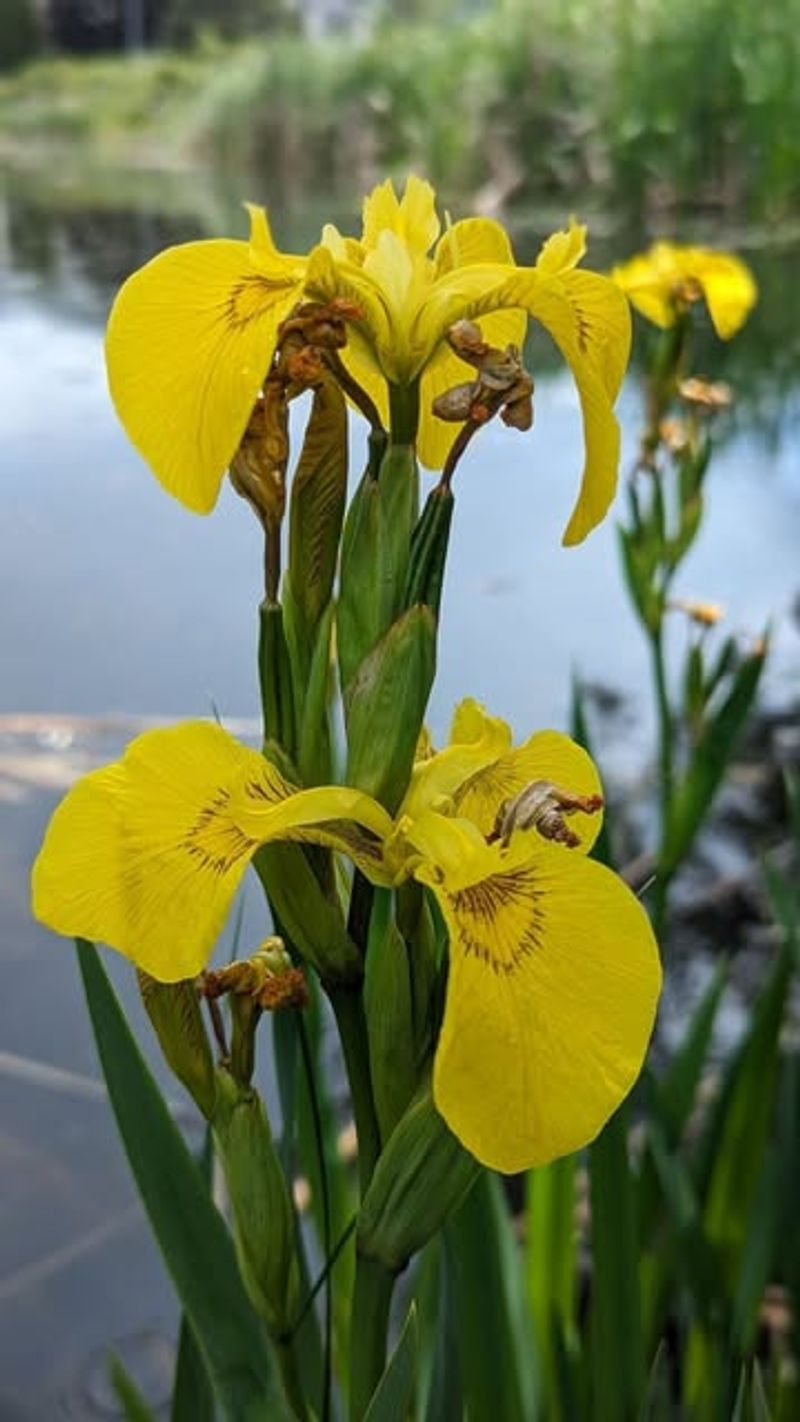Delaware gardeners might be surprised to learn that not all backyard crops are allowed. Laws sometimes protect public safety, preserve ecosystems, or prevent invasive species.
Knowing these restrictions can save you time and trouble. Here are 13 crops Delaware homeowners should avoid planting.
1. Japanese Barberry
Those pretty red berries might catch your eye at the garden center, but Japanese barberry is actually prohibited in Delaware. This thorny shrub creates perfect hiding spots for ticks that carry Lyme disease, making it a public health concern.
The plant spreads rapidly through Delaware forests and crowds out native species that wildlife depends on. Many gardeners don’t realize they’re breaking the law by keeping older specimens on their property.
2. Mile-a-Minute Vine
Ever seen a vine that literally grows a foot per day? That’s exactly what mile-a-minute does, and Delaware banned it for good reason. The vine smothers everything in its path, from garden vegetables to full-grown trees.
Its barbed stems make removal painful and difficult once it establishes itself. Delaware officials worry about this Asian import destroying natural habitats and farm crops throughout the state.
3. Giant Hogweed
Looking at this plant can seem harmless, but touching giant hogweed is downright dangerous. Its sap causes severe burns and blisters when exposed to sunlight, landing people in the hospital.
Delaware considers it a serious threat because kids might accidentally brush against it while playing outside. The plant can tower over ten feet tall and spreads aggressively along waterways and roadsides.
4. Kudzu
Southerners call it “the vine that ate the South,” and Delaware wants nothing to do with it. Kudzu can grow up to sixty feet in a single season, swallowing houses, cars, and entire forests.
While it was originally planted for erosion control, that decision backfired spectacularly. Delaware lawmakers banned it before the state could experience the nightmare other regions face with this unstoppable invader.
5. Purple Loosestrife
Beautiful purple spikes make this wetland plant seem like a perfect addition to water gardens. However, purple loosestrife is banned across Delaware because it destroys marshes and wetlands.
Each plant produces millions of seeds that spread through wind and water, choking out cattails and other native plants. Delaware’s waterfowl and fish populations suffer when this aggressive grower takes over their habitat.
6. Multiflora Rose
Farmers once planted this rose as natural fencing, but that trend ended badly. Multiflora rose creates impenetrable thorny tangles that take over pastures and make land unusable in Delaware.
Birds eat the small fruits and spread seeds everywhere, creating new colonies faster than landowners can remove them. The state prohibits planting or selling it to prevent further agricultural and environmental damage.
7. Common Reed
Not all reeds are created equal, and the non-native version causes major problems. Common reed (Phragmites australis) forms dense stands that block Delaware waterways and eliminate biodiversity.
Native reeds support dozens of species, but this invasive variety creates useless monocultures. Coastal Delaware communities battle this plant constantly as it destroys valuable salt marsh ecosystems and bird nesting areas.
8. Japanese Knotweed
Bamboo-like stems might seem exotic and interesting, but Japanese knotweed is Delaware’s nightmare plant. Its roots can crack through concrete foundations, driveways, and even underground pipes.
A tiny piece of root can spawn an entirely new colony, making eradication nearly impossible. Delaware banned it to protect both natural areas and homeowner property from this destructive invader’s relentless growth.
9. Autumn Olive
Wildlife managers once promoted this shrub for feeding birds, but it turned into a disaster. Autumn olive spreads so aggressively across Delaware that it pushes out native berry-producing plants.
Birds actually prefer native options when given a choice, making this import’s wildlife value questionable. The state now prohibits it because dense thickets prevent forest regeneration and harm natural ecosystems.
10. Garlic Mustard
Smelling faintly of garlic when crushed, this innocent-looking plant dominates Delaware forests. Garlic mustard releases chemicals that kill the fungi native plants need to absorb nutrients from soil.
Without those beneficial fungi, entire ecosystems collapse as trees and wildflowers struggle to survive. Delaware considers it such a threat that removal efforts happen statewide to protect remaining healthy woodlands.
11. Water Chestnut
Floating rosettes look harmless until they completely cover Delaware ponds and slow-moving streams. Water chestnut blocks sunlight from reaching underwater plants, suffocating fish and other aquatic life.
The spiky seeds can puncture feet and boat hulls, creating safety hazards for swimmers and boaters. Dense mats also make fishing and recreation impossible in affected waterways throughout the state.
12. Tree of Heaven
Despite its heavenly name, this tree is absolute hell for Delaware property owners. Tree of Heaven grows incredibly fast and produces chemicals that kill surrounding plants, creating barren zones.
Its roots damage sidewalks, foundations, and sewer lines while spreading aggressively through underground shoots. The state banned it because removal costs thousands of dollars once established on a property.
13. Yellow Iris
Bright yellow blooms make this iris variety popular for water gardens, but Delaware says absolutely not. Yellow iris forms thick mats that clog drainage ditches and irrigation systems across agricultural areas.
It outcompetes native wetland plants that filter water and provide habitat for amphibians and insects. Delaware farmers and environmental officials both support the ban to protect water quality and farmland productivity.

